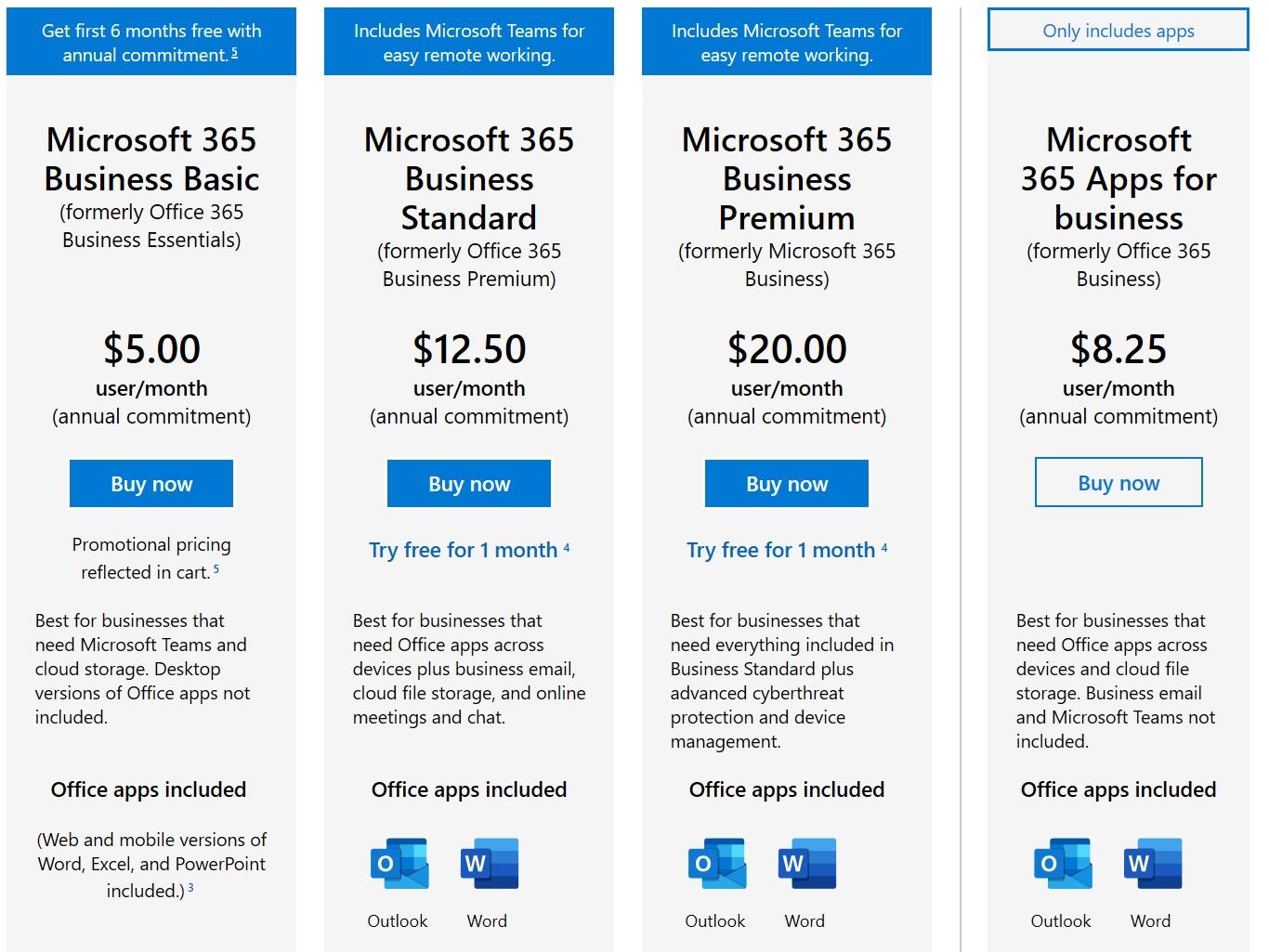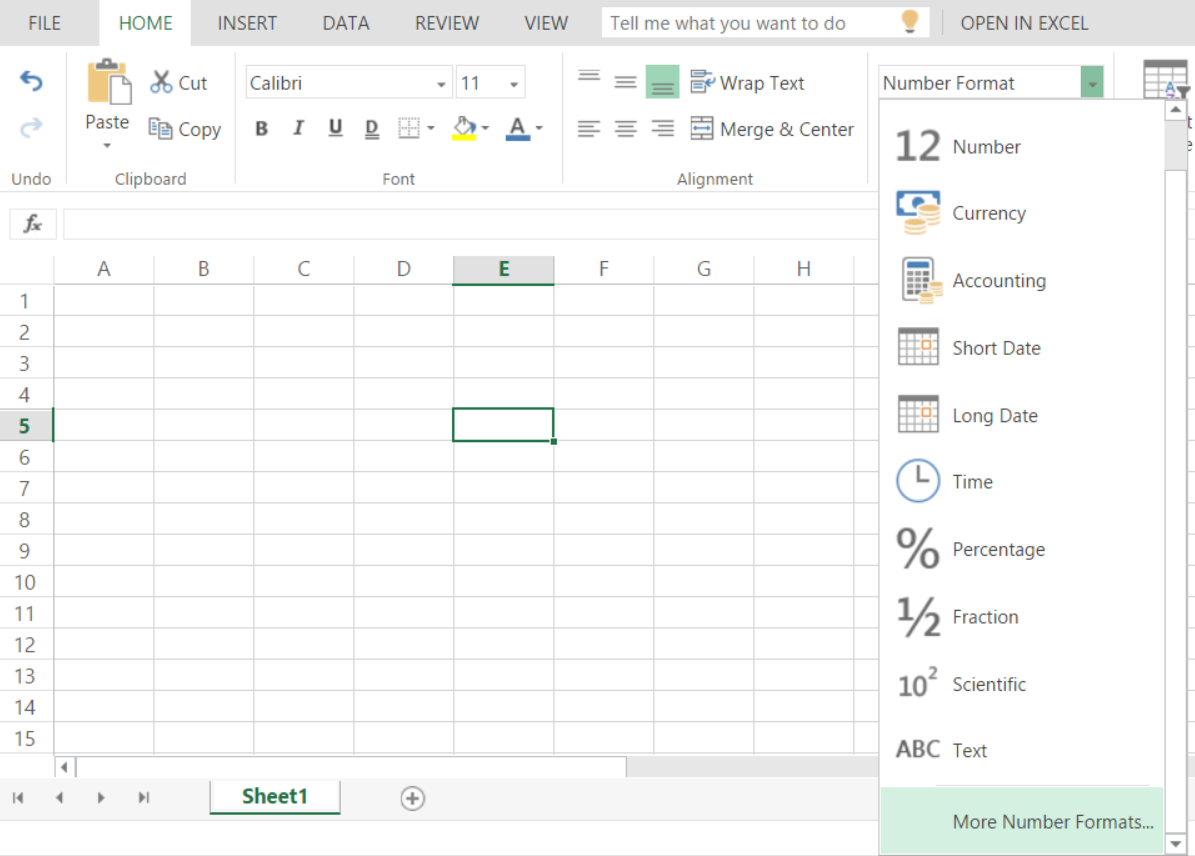February 20, 2020 - by Bill Jelen
365's Excel Online with display formatting issues. It will help us to identify whether the behavior is the same for all office 365 users. Display in excel. With Microsoft 365 for the web (formally Office 365) you can edit and share Word, Excel, PowerPoint, and OneNote files on your devices using a web browser.
For decades, some people have been wanting a better way to have multiple people in the same workbook at the same time. The old Shared Workbook functionality was awkward. People resorted to only one person having write access at a time', which led to someone opening the file and then forgetting to close it before going for a two-hour lunch and tying up the file that whole time.
After Google's spreadsheet product began offering the ability for multiple people to edit the same worksheet, the Excel team spent over two years developing a feature that they call co-authoring. The feature was released to Office 365 customers in the summer of 2017.
The feature works well once you get it set up. But it is difficult to figure out all of the steps to allow multiple people to use Excel on their computers instead of having some people stuck using Excel online.
To start, choose one person to be the owner of the workbook. This person should already have a One Drive For Business or SharePoint Online folder set up. The owner of the document should use File, Save As and choose to save the document in either OneDrive or SharePoint Online.
The owner of the workbook clicks the Share icon in the top right corner of Excel.
The Share panel asks you to invite people by e-mail address.
Office 365 Excel Online Limits
But if you look at the bottom of the panel, you can generate a sharing link.
Generate a sharing link where anyone with the link can edit the workbook.
Copy the link and send it to others on your team.
The next step is the annoying part. When they follow the link, they will be taken as a guest to Excel Online. The spreadsheet will appear and they can edit in Excel Online. I talked to people from one company who stopped at this point. One person (the workbook owner) would edit in Excel and everyone else was stuck in Excel Online.
Caution
As shown below, the 'Edit in Browser' button is very prominent and it is what you are likely to click. In desperation, you might try clicking Download, but this removes the ability to co-author. Not so obvious in the top right corner is the Sign In button.
For the other co-authors to use the workbook in the real version of Excel running on a PC, they have to first Sign In to Excel online. Use the credentials that are shown in Excel under File, Account.
Once they have signed in, then the Edit Workbook drop-down menu appears. Open the menu and choose Edit in Excel. This is the only way to have everyone co-author and use the real desktop Excel instead of Excel Online.
While you and others are working in a document, your active cell will be outlined in green. The active cells for others will be other colors. If you want to know who is editing a cell, hover over that cell.
Co-authoring will work fine provided everyone avoids editing the same cell at the same time.
When someone (probably your manager), dives in to edit a cell that you are already editing, then a confusing set of rules decides who's edit wins. Rather than dealing with these rules, be happy that co-authoring mostly works and have everyone agree not to edit the same cell at the same time.
Co-authoring is a whole new experience. There are good things and bad things that you need to get used to when you are co-authoring.
Title Photo: Perry Grone at Unsplash.com
This article is an excerpt from MrExcel 2020 - Seeing Excel Clearly.
-->An Excel add-in allows you to extend Excel application functionality across multiple platforms including Windows, Mac, iPad, and in a browser. Use Excel add-ins within a workbook to:
- Interact with Excel objects, read and write Excel data.
- Extend functionality using web based task pane or content pane
- Add custom ribbon buttons or contextual menu items
- Add custom functions
- Provide richer interaction using dialog window
The Office Add-ins platform provides the framework and Office.js JavaScript APIs that enable you to create and run Excel add-ins. By using the Office Add-ins platform to create your Excel add-in, you'll get the following benefits:
- Cross-platform support: Excel add-ins run in Office on the web, Windows, Mac, and iPad.
- Centralized deployment: Admins can quickly and easily deploy Excel add-ins to users throughout an organization.
- Use of standard web technology: Create your Excel add-in using familiar web technologies such as HTML, CSS, and JavaScript.
- Distribution via AppSource: Share your Excel add-in with a broad audience by publishing it to AppSource.
Note
Excel add-ins are different from COM and VSTO add-ins, which are earlier Office integration solutions that run only in Office on Windows. Unlike COM add-ins, Excel add-ins do not require you to install any code on a user's device, or within Excel.
Components of an Excel add-in
An Excel add-in includes two basic components: a web application and a configuration file, called a manifest file.
The web application uses the Office JavaScript API to interact with objects in Excel, and can also facilitate interaction with online resources. For example, an add-in can perform any of the following tasks:
- Create, read, update, and delete data in the workbook (worksheets, ranges, tables, charts, named items, and more).
- Perform user authorization with an online service by using the standard OAuth 2.0 flow.
- Issue API requests to Microsoft Graph or any other API.
The web application can be hosted on any web server, and can be built using client-side frameworks (such as Angular, React, jQuery) or server-side technologies (such as ASP.NET, Node.js, PHP).
The manifest is an XML configuration file that defines how the add-in integrates with Office clients by specifying settings and capabilities such as:
- The URL of the add-in's web application.
- The add-in's display name, description, ID, version, and default locale.
- How the add-in integrates with Excel, including any custom UI that the add-in creates (ribbon buttons, context menus, and so on).
- Permissions that the add-in requires, such as reading and writing to the document.
To enable end users to install and use an Excel add-in, you must publish its manifest either to AppSource or to an add-ins catalog. For details about publishing to AppSource, see Make your solutions available in AppSource and within Office.

Capabilities of an Excel add-in
In addition to interacting with the content in the workbook, Excel add-ins can add custom ribbon buttons or menu commands, insert task panes, add custom functions, open dialog boxes, and even embed rich, web-based objects such as charts or interactive visualizations within a worksheet.
Add-in commands
Add-in commands are UI elements that extend the Excel UI and start actions in your add-in. You can use add-in commands to add a button on the ribbon or an item to a context menu in Excel. When users select an add-in command, they initiate actions such as running JavaScript code, or showing a page of the add-in in a task pane.
Add-in commands

For more information about command capabilities, supported platforms, and best practices for developing add-in commands, see Add-in commands for Excel, Word, and PowerPoint.
Task panes
Task panes are interface surfaces that typically appear on the right side of the window within Excel. Task panes give users access to interface controls that run code to modify the Excel document or display data from a data source.
Task pane
For more information about task panes, see Task panes in Office Add-ins. For a sample that implements a task pane in Excel, see Excel Add-in JS WoodGrove Expense Trends.
Custom functions
Custom functions enable developers to add new functions to Excel by defining those functions in JavaScript as part of an add-in. Users within Excel can access custom functions just as they would any native function in Excel, such as SUM().
Custom function
For more information about custom functions, see Create custom functions in Excel.
Dialog boxes
Office 365 Excel Online Macros
Dialog boxes are surfaces that float above the active Excel application window. You can use dialog boxes for tasks such as displaying sign-in pages that can't be opened directly in a task pane, requesting that the user confirm an action, or hosting videos that might be too small if confined to a task pane. To open dialog boxes in your Excel add-in, use the Dialog API.
Dialog box
Office 365 Excel Online Sign In
For more information about dialog boxes and the Dialog API, see Dialog boxes in Office Add-ins and Use the Dialog API in your Office Add-ins.

Content add-ins

Content add-ins are surfaces that you can embed directly into Excel documents. You can use content add-ins to embed rich, web-based objects such as charts, data visualizations, or media into a worksheet or to give users access to interface controls that run code to modify the Excel document or display data from a data source. Use content add-ins when you want to embed functionality directly into the document.
Content add-in
For more information about content add-ins, see Content Office Add-ins. For a sample that implements a content add-in in Excel, see Excel Content Add-in Humongous Insurance in GitHub.
JavaScript APIs to interact with workbook content
An Excel add-in interacts with objects in Excel by using the Office JavaScript API, which includes two JavaScript object models:
Excel JavaScript API: Introduced with Office 2016, the Excel JavaScript API provides strongly-typed Excel objects that you can use to access worksheets, ranges, tables, charts, and more.
Common API: Introduced with Office 2013, the Common API enables you to access features such as UI, dialogs, and client settings that are common across multiple types of Office applications. Because the Common API does provide limited functionality for Excel interaction, you can use it if your add-in needs to run on Excel 2013.
Next steps
Get started by creating your first Excel add-in. Then, learn about the core concepts of building Excel add-ins.
See also
